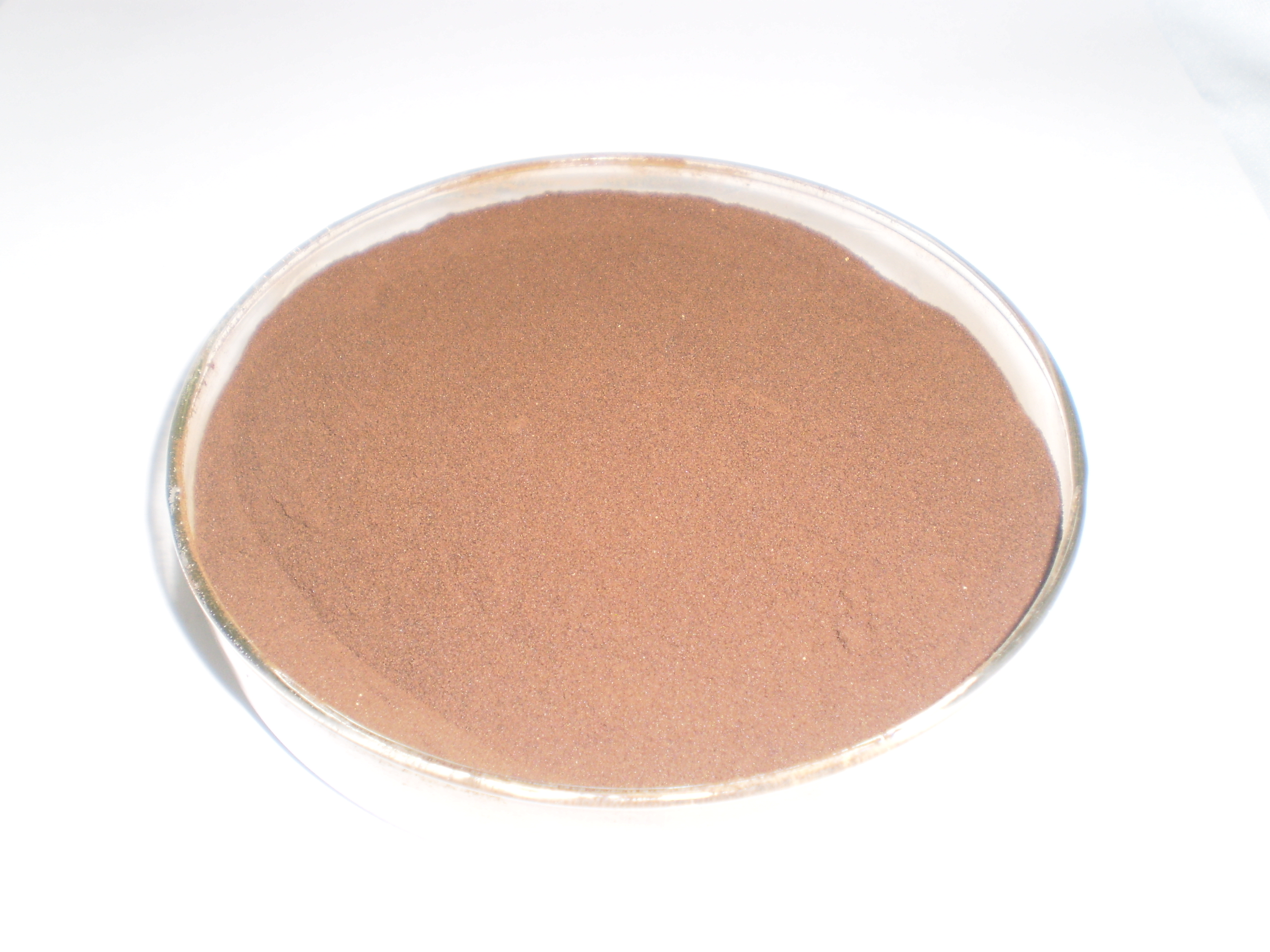Lignosulfonates or sulfonated lignin are water-soluble anionic polyelectrolyte polymers: they are byproducts from the production of wood pulp using sulfite pulping.
Most delignification in sulfite pulping involves acidic cleavage of ether bonds, which connect many of the constituents of lignin. The electrophilic carbocations produced during ether cleavage react with bisulfite ions (HSO3−) to give sulfonates.R-O-R’ + H+ → R+ + R’OHR+ + HSO3− → R-SO3H.
The primary site for ether cleavage is the α-carbon (carbon atom attached to the aromatic ring) of the propyl (linear three carbon) side chain. The following structures do not specify the structure since lignin and its derivatives are complex mixtures: the purpose is to give a general idea of the structure of lignosulfonates.
The groups R1 and R2 can be a wide variety of groups found in the structure of lignin. Sulfonation occurs on the side chains, not on the aromatic ring like in p-toluenesulfonic acid.
Lignin is part of wood and is, after cellulose, the second most abundant organic molecule on Earth. Wood contains about 20–30% lignin. During sulfite pulping of wood, the lignin is sulfated, the bonds between lignin and the polysaccharides as well as bonds within the lignin are broken, and the molecular weight of the lignin is reduced.
This process renders the molecule water-soluble. The liquid phase separated from the raw pulp contains lignosulfonates, salts, sugars and sugar derivatives (oligomers and monomers from the cellulose and hemicelluloses of wood) and is called ‘spent liquor’. Most of it is burnt for energy production and the recovery of chemicals.
Only a small part is used as a dispersant. Lignosulfonates are highly branched macromolecules and are formed from phenylpropane units connected in a non-regular manner by ether or C–C bonds, the latter between the aromatic rings. The molecular weight of lignosulfonates ranges from 103–106 g/mol.
A schematic drawing of part of the structure of a lignosulfonate is given in Fig. 7.1, which shows possible bonds and substitution pattern in the molecule. Depending on the source of the lignosulfonate (softwood or hardwood) and the pulping and isolation process, a great variety of different types with regard to structural features such as the number of functional groups, degree of sulfonation, molecular weight and counter ions are available.

